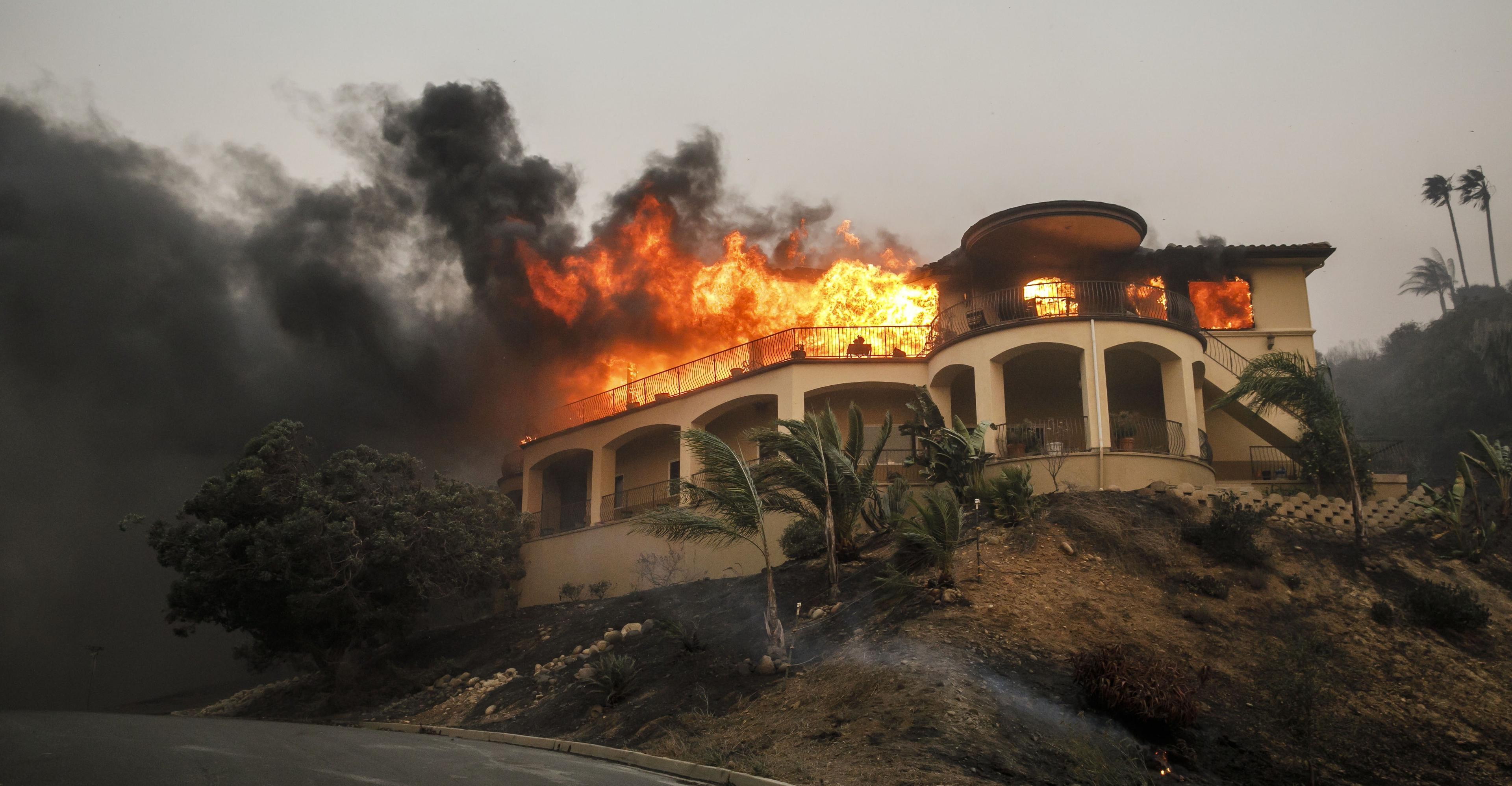Check out the five worst nuclear disasters that shook the world over the last century.


Nuclear weapons, kicked into gear in the 1940s, pose an enormous threat to humanity. The world’s first nuclear explosion occurred on July 16, 1945, in New Mexico, when the United States tested its first atomic bomb. Since it’s very maiden use several organizations have been trying to prevent its proliferation to additional countries. However, despite all efforts, critical actions and decisions have led to the distribution of those weapons.
Unlike fossil fuels, nuclear power can provide a relatively stable and environment-friendly source of alternate energy and with great power comes great responsibility. A handful of these weapons have been truly devastating in terms of human and economic costs.
Nuclear events are measured in severity according to the International Nuclear and Radiological Event Scale (INES)—established in 1990 by the International Atomic Energy Agency (IAEA).
Seven scales
Levels 1–3 are called 'incidents' while levels 4–7 have been termed as 'accidents.' Events with no significant safety concerns are called 'deviations' and classed as Level 0.
The scale is designed so that the severity of an event is about ten times greater for each increase in level.
Beginning of the Nuclear Age
In the late 1930s, scientific discoveries made nuclear weapons a possibility for the first time. During World War II, the US and its allies were afraid that their enemies would develop nuclear weapons first, so in 1942 they started the Manhattan Project—a secret research effort to develop nuclear weapons.
The perennial enemies —US and Soviet Union— both armed with nuclear weapons during the Cold War made the threat of nuclear war a real possibility, amid growing tensions.
This article explores some of the worst nuclear disasters in the history of mankind.
TSAR Bomba
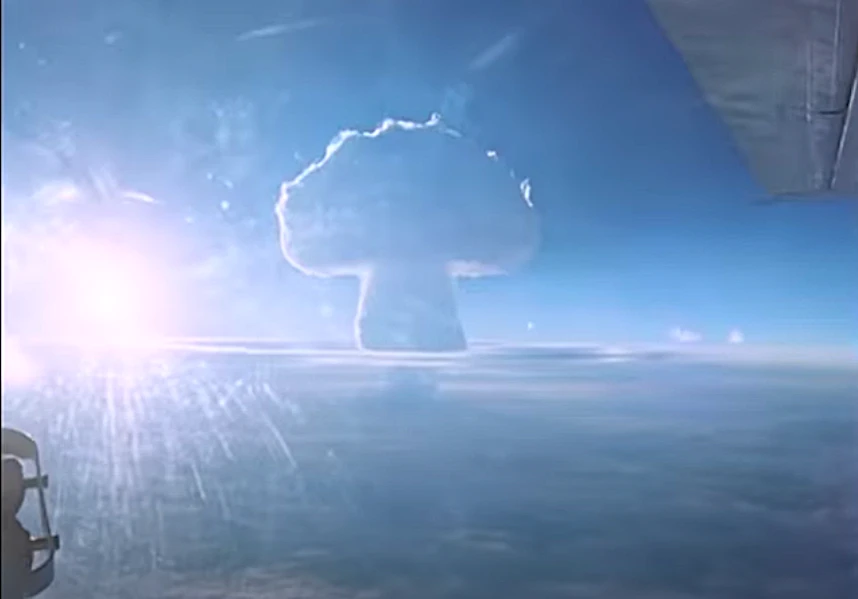
The TSAR Bomba, the most powerful man-made explosion, also known by the alphanumerical designation "AN602", was a hydrogen aerial bomb. It was detonated at Novaya Zemlya archipelago in the Arctic Ocean.
It exploded about 4 km above the ground and reportedly produced a mushroom cloud 60 km high, breaching through the stratosphere. It destroyed an uninhabited village 55 km from Ground Zero with damage to buildings seen from 100 kms away. Thus, Tsar Bomba was viewed as a propaganda weapon.
Hence, only one bomb was built to completion, that capability has never been demonstrated. The remaining bomb casings are located at the Russian Atomic Weapon Museum in Sarov and the Museum of Nuclear Weapons, All-Russian Scientific Research Institute of Technical Physics, in Snezhinsk.
Hiroshima and Nagasaki
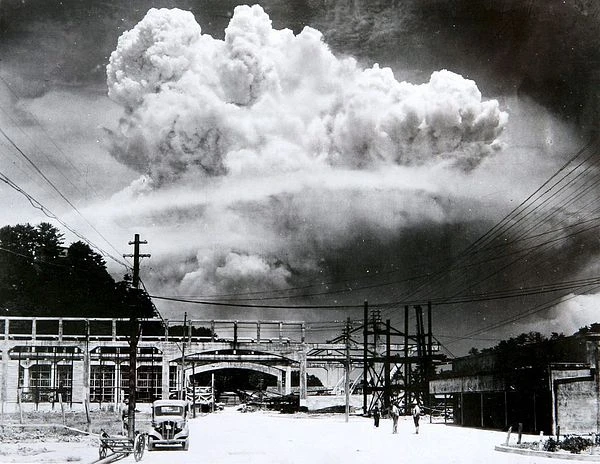
On August 6, 1945, the United States dropped the first atomic bomb on the Japanese city Hiroshima, immediately killing an estimated 140,000 people. On August 9, the US bombed Nagasaki, which killed more than seventy thousand, while another 75,000 sustained severe injuries. The explosions wiped out both cities, as ground temperatures swelled to more than 4,000°C (7,000°F) and shockwaves leveled entire communities.
The death toll from the blasts increased in later years as survivors faced elevated rates of cancer linked to radiation exposure.
Six days after, Japan agreed to an unconditional surrender on August 14; it also resulted in the end of World War II.
Those atomic bombs remain the only ones ever used in war.
In subsequent years, the United States, the Soviet Union and Great Britain conducted several nuclear weapons tests.
Chernobyl
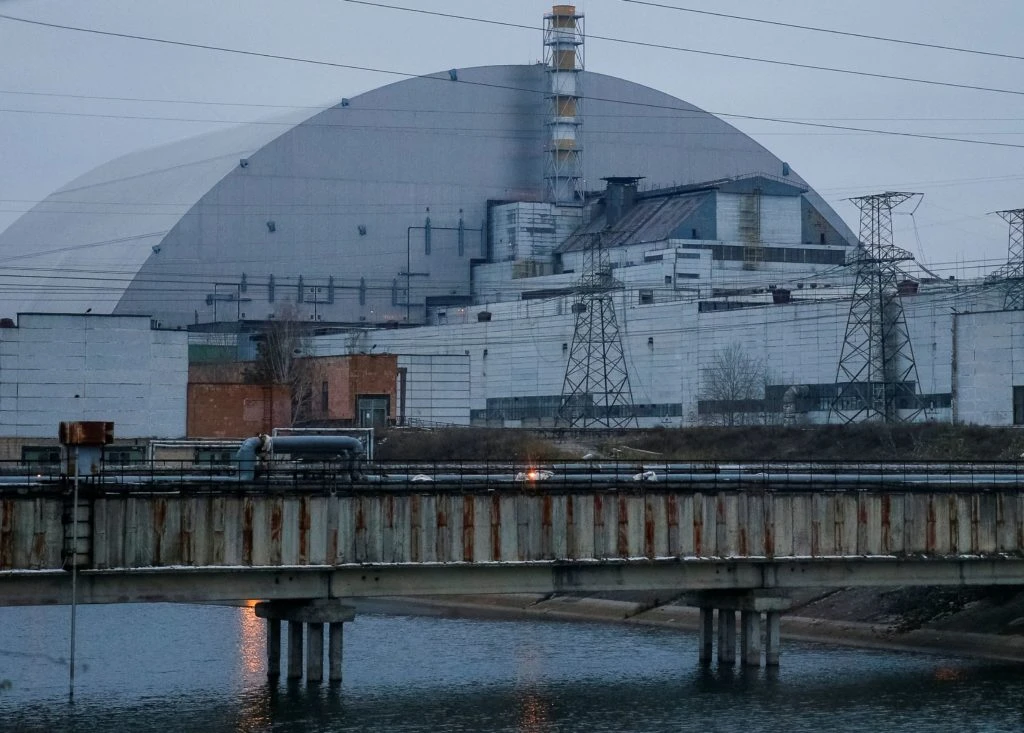
The worst nuclear accident in history, the 1986 Chernobyl disaster was a catastrophic nuclear accident that occurred on April 26, 1986 at the Chernobyl Nuclear Power Plant in Ukraine, which was under the direct jurisdiction of the central authorities of the Soviet Union.
A pair of engineers at the Chernobyl nuclear power plant started running a torture test, to find out what would happen if the reactor lost most of its power supply. The test, however, went horribly wrong and consequently, an explosion and fire released large quantities of radioactive particles into the atmosphere. The disaster caused serious radiation sickness and contamination.
The accident killed as many as 31 people and incapacitated thousands of future generations of people living within a huge radius of the location.
Millions of acres of forest and farmland were contaminated, livestock was born deformed, and humans suffered long-term negative health effects.
Three decades have passed but reports of mutations and unique kinds of cancers haven't stopped surfacing
Fukushima
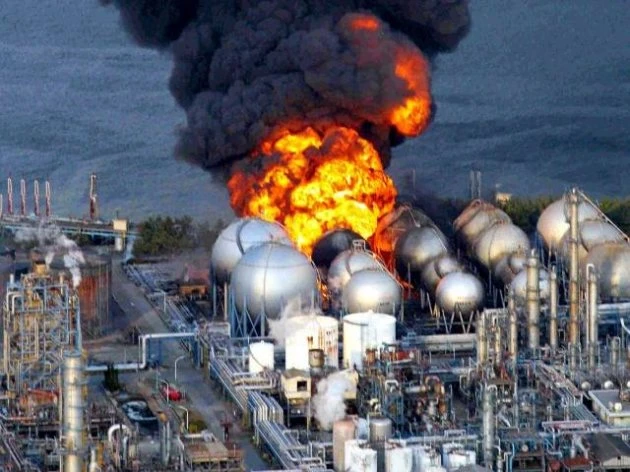
The Fukushima nuclear disaster was a 2011 nuclear accident at the Fukushima Daiichi Nuclear Power Plant in Ōkuma, Fukushima, Japan. It resulted in a meltdown of three of the plant's six nuclear reactors. The failure occurred when the plant was hit by a tsunami after being triggered by the magnitude 9.0 earthquake.
The following day substantial amounts of radioactive material began to release, creating the largest nuclear incident since the Chernobyl disaster and measured Level 7 on the INES.
On 5 May 2011, workers were able to enter reactor buildings for the first time since the accident, in a last-ditch effort, nuclear power authorities flooded the reactors with seawater, ensuring that the plant will never again be used.
Although no fatalities due to short-term radiation exposure were reported, around 3,00,000 people evacuated the area and as of August 2013, approximately 1600 deaths were related to the evacuation or its consequences.
Three Mile Island
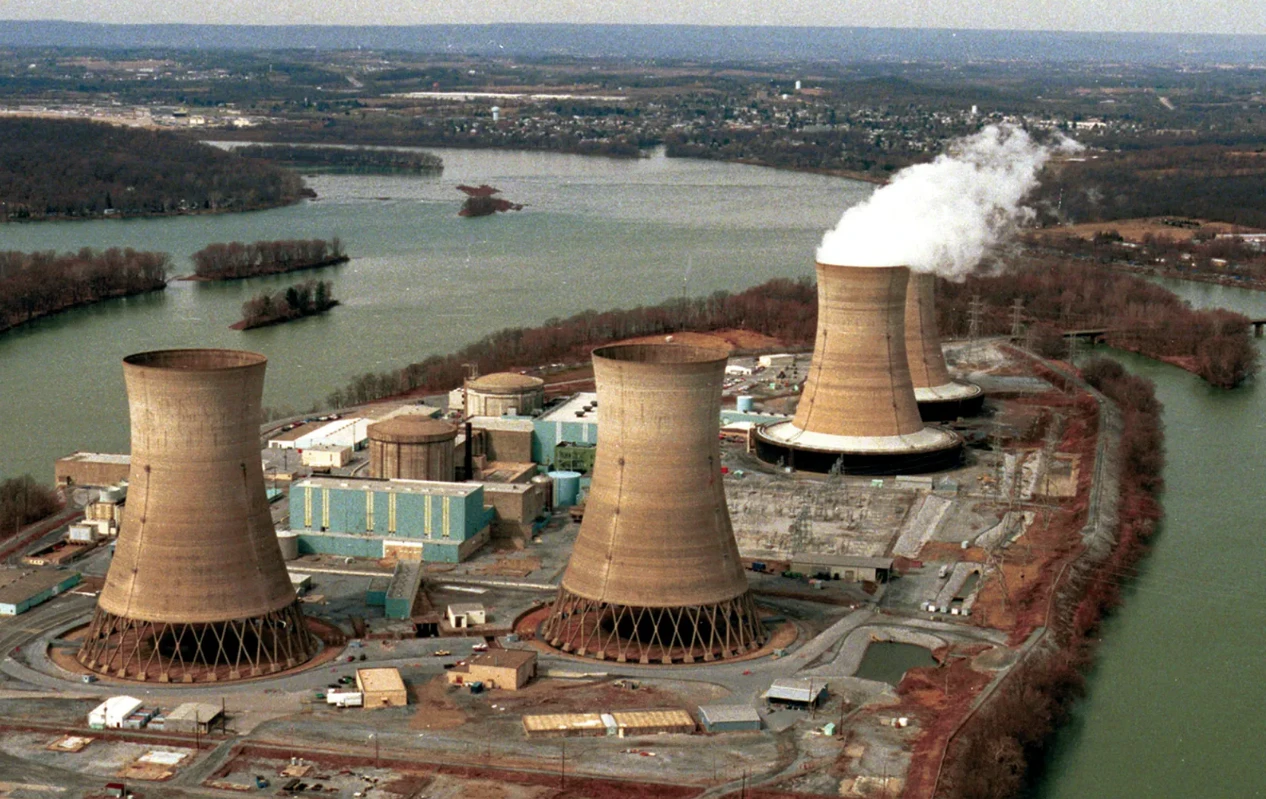
The accident occurred in 1979 at the Three Mile Island nuclear power station which was the most serious in the history of the American commercial nuclear power industry. It was a partial nuclear meltdown in one of the nuclear reactors.
This was followed by a stuck-open pilot-operated relief valve in the primary system, which allowed large amounts of nuclear reactor coolant to escape. The initial cleanup effort cost nearly a billion dollars.
The incident was rated a five on the seven-point International Nuclear Event Scale.
While Three Mile Island's reactor had a concrete containment structure that “successfully prevented the release of almost all radioactive material,” it was ultimately shut down on 20 September 2019 despite the fact that the unit was licensed to operate until 2034.
Today, the TMI-2 reactor is permanently shut down and 99% of its fuel has been removed.
The following are the top ten countries with the most operational nuclear power capacity.
- United States - 91.5GW
- France - 61.3GW
- China - 50.8GW
- Japan - 31.7GW
- Russia - 29.6GW
- South Korea - 24.5GW
- Canada - 13.6GW
- Ukraine - 13.1GW
U-19 Tri-Series: Pakistan thrash Afghanistan by 133 runs
- 35 minutes ago

Petkit’s first automatic wet food feeder keeps track of how much your pet eats
- 8 hours ago
Trump says US will ‘come to their rescue’ if Iran kills protesters
- 6 hours ago
Adil Raja, Sabir Shakir, Wajahat Saeed, Moeed Pirzada get two life terms each in May 9 digital terrorism case
- 6 hours ago

Pakistan regards Taiwan as inalienable part of China: FO
- 6 hours ago
At the start of the new year, PSX hits new milestone crossing 176,000 points
- a day ago
49ers' Kittle (ankle) 'absolutely' expects to play
- 5 hours ago

26 things we think will happen in 2026
- 15 hours ago

PM Shehbaz Sharif directs to digitize oil and gas supply chain
- a day ago
Amid MVP chatter, QB Stafford focused on finale
- 5 hours ago

You can’t trust your eyes to tell you what’s real anymore, says the head of Instagram
- 17 hours ago

PSX achieves another milestone, surpasses 179,000 points
- 6 hours ago

